Eli Lilly (NYSE: LLY), a pharmaceutical giant with a market cap of $658 billion, has achieved impressive growth in recent years, primarily driven by its diabetes drugs, Mounjaro and Trulicity. But with a current stock price of $732, is Eli Lilly overvalued, or does it present an opportunity for long-term investors? Let’s break down the numbers and evaluate its valuation.
Valuation Overview: Premium Pricing
Eli Lilly's intrinsic value, calculated through a discounted cash flow (DCF) model, highlights its premium pricing:
- DCF Valuation: $517 billion
- Per-Share Valuation: $575
- Market Price: $732
This implies Eli Lilly is trading at a 27% premium, making it a sell according to this model. Its price multiples also reflect overvaluation compared to industry peers:
- Price-to-Earnings (P/E) Ratio: Higher than the industry median.
- Price-to-Free Cash Flow Ratio: Above average, despite low free cash flow.
Revenue Growth: A Bright Spot
While its valuation may seem steep, Eli Lilly's revenue growth is impressive:
- 2021 Revenue: $29 billion
- 2024 Revenue: $45 billion
- Growth Rate: 15% annualized over five years.
Regionally, the U.S. remains the largest contributor, with revenue climbing 39% year-over-year to $30 billion. International markets also showed steady growth:
- Europe: Up from $4.3 billion to $7 billion.
- Rest of the World: Increased from $2.9 billion to $4.3 billion.
Key revenue drivers include:
- Mounjaro: Up 124%, contributing $11.5 billion annually.
- Trulicity: Declined from $7.1 billion to $5.3 billion due to generic competition.
Free Cash Flow Challenges
One area of concern for Eli Lilly is its declining free cash flow:
- 2021 FCF: $5.4 billion
- 2023 FCF: Negative $3.2 billion
- 2024 FCF: Rebounded to $400 million
The primary reason for weak cash flow is heavy investment in capital expenditures (CapEx). Eli Lilly spent $5 billion in 2024 to enhance infrastructure and future production capabilities. While this impacts short-term cash flow, it could pay off in future years.
Debt and Financial Health
Eli Lilly is highly leveraged:
- Debt-to-Equity Ratio: 2.4, meaning $2.40 of debt for every dollar of equity.
- Total Liabilities: $36 billion, up from $25 billion.
- Cash Reserves: $3 billion, providing liquidity for short-term obligations.
Major debt includes $4.3 billion in commercial paper and $29 billion in long-term notes, with maturities extending to 2064.
Dividend Yield: Small but Stable
Eli Lilly pays one of the smallest dividends among its industry peers:
- Yield: 0.8%
- Dividend Expense: $5.4 billion annually, only 10% covered by free cash flow.
While its dividend yield is less attractive for income-focused investors, the company’s consistent payments reflect financial stability.
Conclusion: Overvalued but Promising
Eli Lilly’s valuation suggests it may be overpriced, especially when compared to its intrinsic value and price multiples. However, its robust revenue growth, strategic investments, and dominant position in the pharmaceutical industry signal long-term potential.
For short-term traders, Eli Lilly could offer opportunities given its proximity to its 52-week low. Long-term investors may find value in its growth trajectory but should exercise caution due to its premium pricing and high leverage.
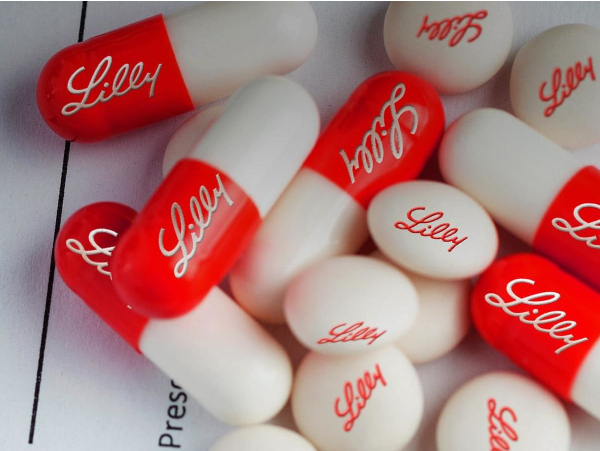
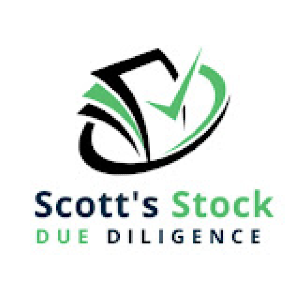
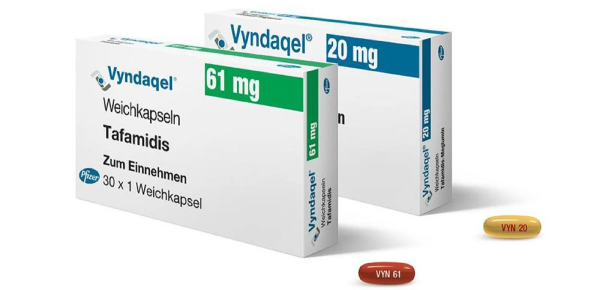





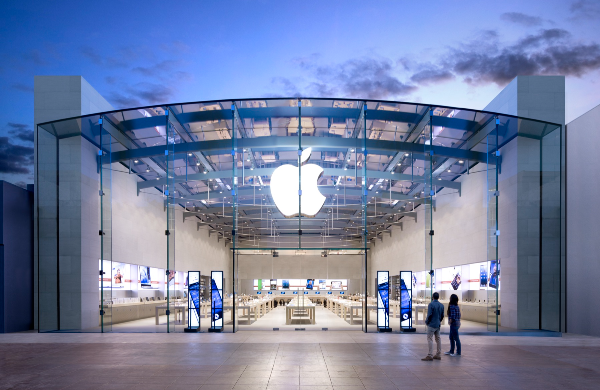
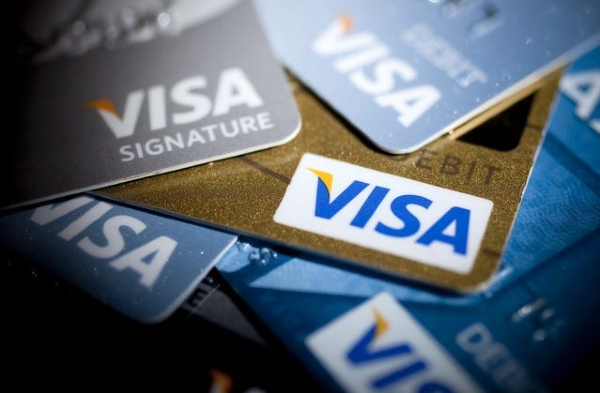
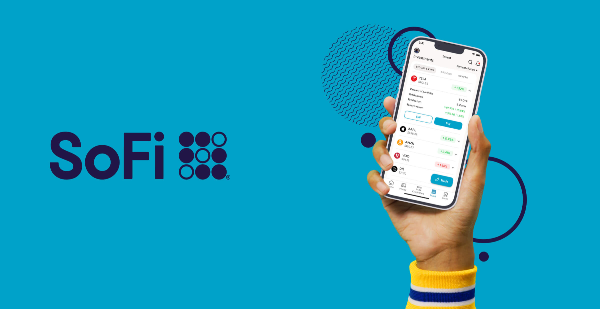
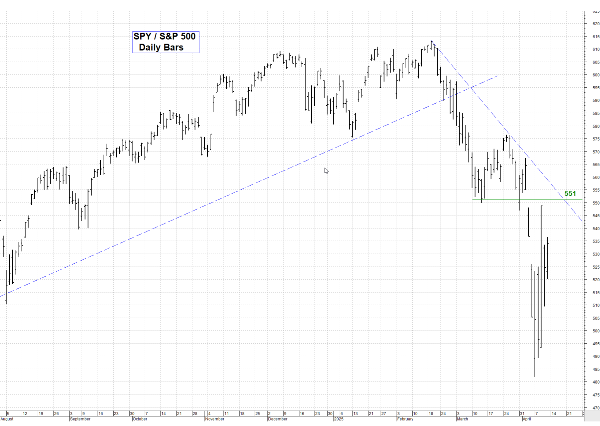



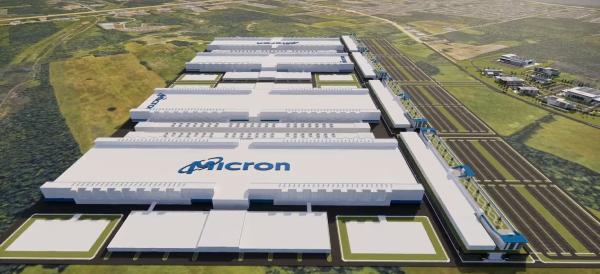


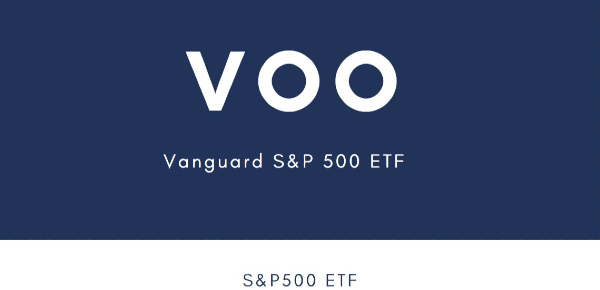
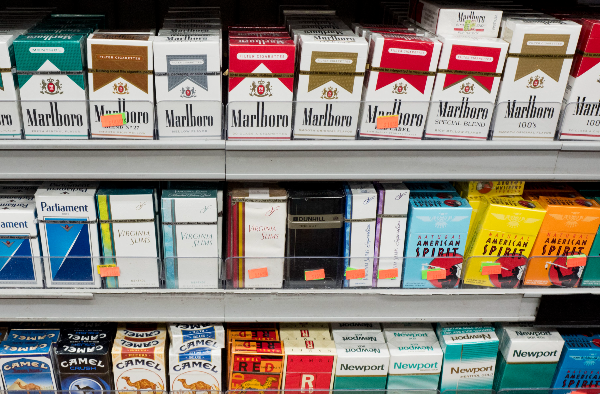
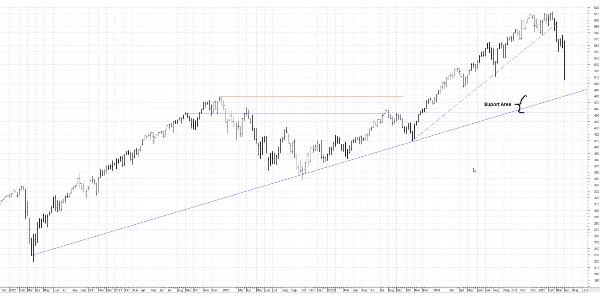




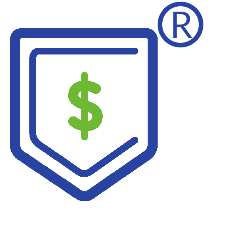




Eli Lilly (NYSE: LLY), a pharmaceutical giant with a market cap of $658 billion, has achieved impressive growth in recent years, primarily driven by its diabetes drugs, Mounjaro and Trulicity. But with a current stock price of $732, is Eli Lilly overvalued, or does it present an opportunity for long-term investors? Let’s break down the numbers and evaluate its valuation.
Valuation Overview: Premium Pricing
Eli Lilly's intrinsic value, calculated through a discounted cash flow (DCF) model, highlights its premium pricing:
This implies Eli Lilly is trading at a 27% premium, making it a sell according to this model. Its price multiples also reflect overvaluation compared to industry peers:
Revenue Growth: A Bright Spot
While its valuation may seem steep, Eli Lilly's revenue growth is impressive:
Regionally, the U.S. remains the largest contributor, with revenue climbing 39% year-over-year to $30 billion. International markets also showed steady growth:
Key revenue drivers include:
Free Cash Flow Challenges
One area of concern for Eli Lilly is its declining free cash flow:
The primary reason for weak cash flow is heavy investment in capital expenditures (CapEx). Eli Lilly spent $5 billion in 2024 to enhance infrastructure and future production capabilities. While this impacts short-term cash flow, it could pay off in future years.
Debt and Financial Health
Eli Lilly is highly leveraged:
Major debt includes $4.3 billion in commercial paper and $29 billion in long-term notes, with maturities extending to 2064.
Dividend Yield: Small but Stable
Eli Lilly pays one of the smallest dividends among its industry peers:
While its dividend yield is less attractive for income-focused investors, the company’s consistent payments reflect financial stability.
Conclusion: Overvalued but Promising
Eli Lilly’s valuation suggests it may be overpriced, especially when compared to its intrinsic value and price multiples. However, its robust revenue growth, strategic investments, and dominant position in the pharmaceutical industry signal long-term potential.
For short-term traders, Eli Lilly could offer opportunities given its proximity to its 52-week low. Long-term investors may find value in its growth trajectory but should exercise caution due to its premium pricing and high leverage.